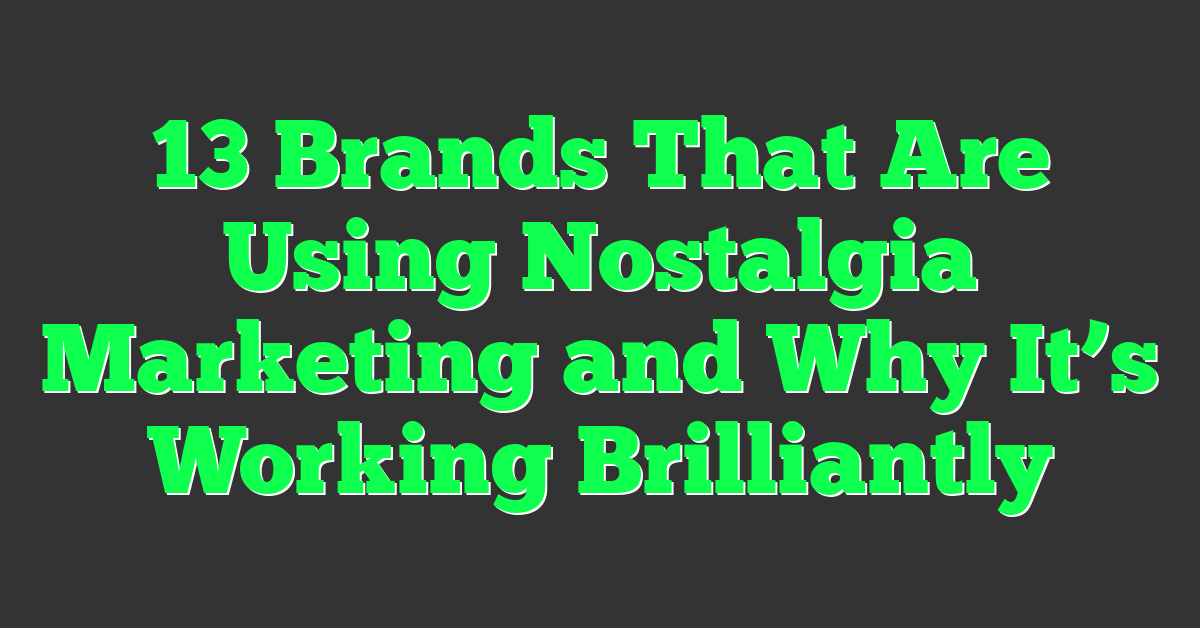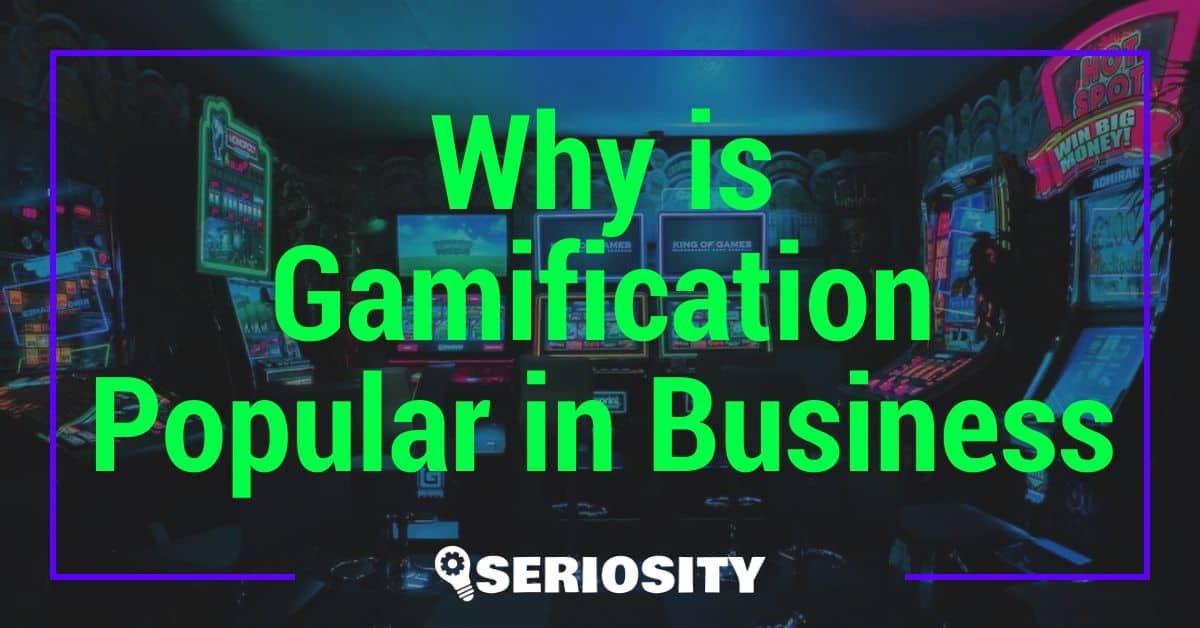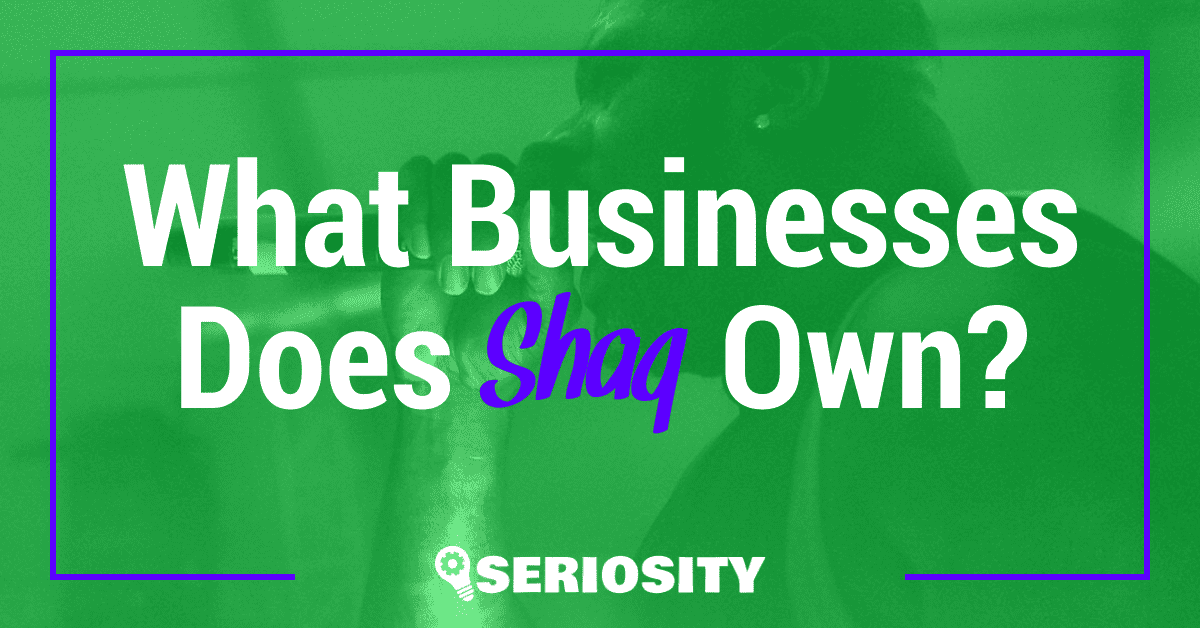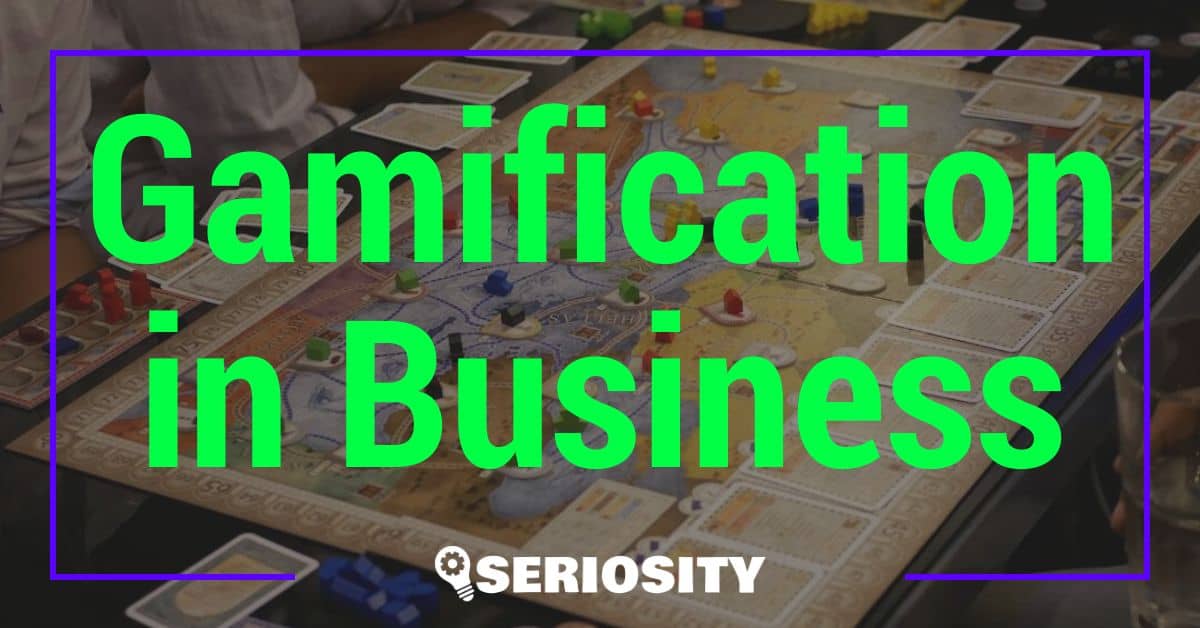Ever catch yourself smiling at an old commercial or a retro product? That’s the magic of nostalgia marketing at work. Brands are tapping into your fond memories to create emotional connections that drive loyalty and sales.

Key Takeaways
- Emotional Connections Drive Loyalty and Sales: Nostalgia marketing leverages fond memories to create emotional bonds with consumers, enhancing loyalty and increasing sales.
- Psychological Impact: Nostalgia triggers positive emotions, making consumers feel happy and secure, which can influence their purchasing decisions and encourage brand loyalty.
- Successful Case Studies: Brands like Levi’s, Nike, Nintendo, Apple, and Netflix effectively use nostalgia to engage consumers by reintroducing iconic products and styles, leading to stronger brand connections.
- Strategic Use of Social Media: Leveraging platforms like Instagram and Facebook to share nostalgic content and engage with audiences through themed hashtags can amplify the impact of nostalgia campaigns.
- Creating Timeless Experiences: By merging nostalgic elements with modern trends, brands can appeal to both longtime customers and new audiences, ensuring repeat engagement and broadening their reach.
- Balancing and Moderation: While integrating nostalgia with contemporary elements is crucial, it’s important not to overuse nostalgic marketing to avoid making the brand seem outdated.
Understanding Nostalgia Marketing
Nostalgia marketing uses fond memories to connect emotionally with consumers. It taps into past experiences to create loyalty and boost sales.
Why Brands Turn to Nostalgia
Brands turn to nostalgia to evoke positive emotions. When people remember good times, they feel happy, relaxed, and more connected with the product. This connection often leads them to trust and prefer brands that remind them of those moments. As someone who’s started an online business, you know how powerful emotional connections can be for customer loyalty. For instance, brands like Coca-Cola reintroduce classic packaging, while fashion companies like Adidas release retro shoe designs. These efforts create a buzz and encourage consumer engagement.
Psychological Impact on Consumers
Nostalgia impacts consumers psychologically by triggering emotional responses. Memories linked with positive experiences can make people feel content and secure. This emotional pull can influence purchasing decisions, increasing the likelihood of brand loyalty. For your side-hustles, consider how you might invoke similar feelings with your products or services. Studies show that nostalgia-induced happiness can also lead to higher spending. By making consumers feel good, you build strong, lasting relationships with them.
Case Studies of Brands Excelling with Nostalgia Marketing
Brands across various industries harness nostalgia to connect with consumers emotionally. By appealing to memories, they build loyalty and drive sales.
Fashion and Retail Brands
Levi’s: Levi’s revamps its iconic 501 jeans, reminding consumers of their legacy. The brand maintains its classic denim look, adding modern fits to attract new and old customers alike.
Nike: Nike reissues vintage sneakers like the Air Jordan 1, tapping into sneakerhead culture. Limited releases, resembling original designs, create a sense of urgency and exclusivity.
Tommy Hilfiger: Tommy Hilfiger brings back ’90s styles, appealing to those who grew up in that era. Advertising campaigns feature retro-inspired visuals, resonating with Millennial and Gen Z audiences.
Technology and Entertainment Companies
Nintendo: Nintendo capitalizes on nostalgia through re-released consoles like the NES Classic and remastered games. These products connect with gamers who enjoyed them during childhood.
Apple: Apple reintroduces products with familiar designs, such as the iPhone SE. By combining nostalgic form factors with modern tech, Apple satisfies longtime fans while attracting new users.
Netflix: Netflix revives popular TV shows and movies from the past, drawing in viewers. Series like “Stranger Things” also use ’80s and ’90s references, enhancing their appeal to a wide audience.
Strategies Behind Successful Nostalgia Marketing
Brands use nostalgia marketing strategies to create emotional connections, drive loyalty, and boost sales through evocative memories. Understanding these strategies can inspire your entrepreneurial journey and help grow your business.
Leveraging Social Media
Social media channels are powerful tools for nostalgia marketing. Platforms like Instagram and Facebook allow brands to share throwback content and engage users with nostalgic campaigns. Share vintage ads, classic product photos, and stories from your company’s past to evoke memories.
Example brands like Nike and Levi’s often use #TBT (Throwback Thursday) and other nostalgia-themed hashtags to reconnect with their audiences, creating a buzz around vintage collections. Your startup can emulate this by showcasing your journey, significant milestones, or early product versions, creating a sense of connection among your followers.
Creating Timeless Experiences
Timeless experiences resonate with consumers. Whether through events, product re-releases, or collaborations, creating experiences that combine nostalgia with the present draws in both loyal customers and new ones.
Consider how Nintendo successfully reintroduced classic games like “Super Mario” with modern updates, merging nostalgia with current gaming trends. Similarly, your business could revive a popular product or service from the past, refreshed with contemporary features that maintain its original charm. This strategy encourages repeat engagement and introduces the nostalgia to newer generations.
By understanding and leveraging these strategies, your entrepreneurial ventures can create lasting connections and drive success through powerful emotional marketing.
Challenges and Considerations in Nostalgia Marketing
Navigating the landscape of nostalgia marketing isn’t without its hurdles. As an entrepreneur, understanding these challenges helps ensure your strategy succeeds.
Balancing Past and Present
Integrating nostalgic elements with contemporary trends strikes a balance that’s essential for effective campaigns. If you focus too much on the past, you risk alienating younger consumers who lack a connection to those memories. Brands like Nintendo successfully merge classic games with modern updates, creating a universally appealing product. To replicate this, consider updating retro products with current technology or design while preserving their iconic elements.
Avoiding Overuse of Nostalgia
Over-relying on nostalgia can lead to diminishing returns. Overuse may result in your brand appearing outdated or out of touch. A balanced approach, exemplified by Nike’s periodic re-releases of iconic sneakers, maintains nostalgic appeal without saturating the market. Diversify your marketing by periodically introducing fresh, innovative products alongside nostalgic ones.
By understanding these considerations, you’ll navigate the complex but rewarding realm of nostalgia marketing, forging deeper emotional connections and sustaining long-term success.
Conclusion
Nostalgia marketing isn’t just a trend; it’s a powerful strategy that resonates deeply with consumers. When done right, it can create lasting emotional connections and boost brand loyalty. By balancing the old with the new, brands like Levi’s, Nike, and Nintendo have shown how to engage audiences effectively.
Remember, it’s all about tapping into those positive memories while keeping your message fresh and relevant. So, if you’re considering nostalgia in your marketing mix, take a page from these successful campaigns and watch your brand thrive.
Frequently Asked Questions
What is nostalgia marketing?
Nostalgia marketing is a strategy where brands use themes, products, and imagery from the past to create emotional connections with consumers. It aims to evoke positive memories to enhance loyalty and increase sales.
How can nostalgia marketing benefit brands?
Nostalgia marketing can create strong emotional bonds, improve customer loyalty, and drive sales. By tapping into positive memories, brands can engage consumers more deeply and foster long-term relationships.
Can you give examples of successful nostalgia marketing campaigns?
Yes, brands like Levi’s, Nike, and Nintendo have run successful nostalgia marketing campaigns. For example, Nintendo has re-released classic games, while Nike periodically re-releases iconic sneakers to tap into consumers’ fond memories.
What are the challenges in nostalgia marketing?
One of the main challenges is balancing past and present elements in campaigns to attract a broad audience. Overusing nostalgia can make a brand seem outdated, so it’s important to innovate while incorporating nostalgic elements.
Why is it important to balance past and present in nostalgia marketing campaigns?
Balancing past and present ensures that nostalgia marketing appeals to both longtime fans and new customers. It helps prevent the brand from seeming stuck in the past and keeps the marketing fresh and relevant.
How can brands avoid overusing nostalgia in their marketing?
Brands can avoid overusing nostalgia by periodically incorporating it in limited releases or special editions, similar to how Nike re-releases iconic sneakers. This keeps the nostalgic elements special and ensures they don’t overwhelm the brand’s current offerings.
What should entrepreneurs consider when using nostalgia marketing?
Entrepreneurs should understand their audience, balance nostalgic elements with modern innovation, and ensure their campaigns evoke positive memories. They should also be cautious of overusing nostalgia to maintain relevance and prevent alienating newer customers.














